Private Pilot License Requirements: How to Qualify
Jul 14, 2023
Have you been thinking about getting your private pilot license? Look no further, as this article will lay out the process for getting your PPL in detail; it is pretty complicated, but is also plenty doable, and very worth it!
The purpose of a private pilot license (or private pilot certificate) is to grant individuals the ability to operate aircraft for personal, non-commercial pilot purposes. It serves as a passport to explore the skies, offering freedom, adventure, and a sense of accomplishment to those who seek to conquer the heavens. In order to attain these private pilot privileges, there are certain private pilot license requirements.
Proficiency in the English language is necessary to communicate effectively in the aviation environment. Individuals must also demonstrate satisfactory proficiency through ground school training, written examinations, and hours of flight training to meet the FAA's eligibility standards.
Aspiring pilots undergo ground school, where they learn essential theoretical knowledge in various areas. Following ground school, students must pass a written knowledge test that assesses their understanding of aviation principles.
Subsequently, 10 hours of flight training takes place, consisting of both solo and dual instruction with a certified flight instructor and solo flight training to develop practical skills. Finally, candidates must complete a required FAA practical test, which includes an oral examination and a demonstration of flight proficiency.
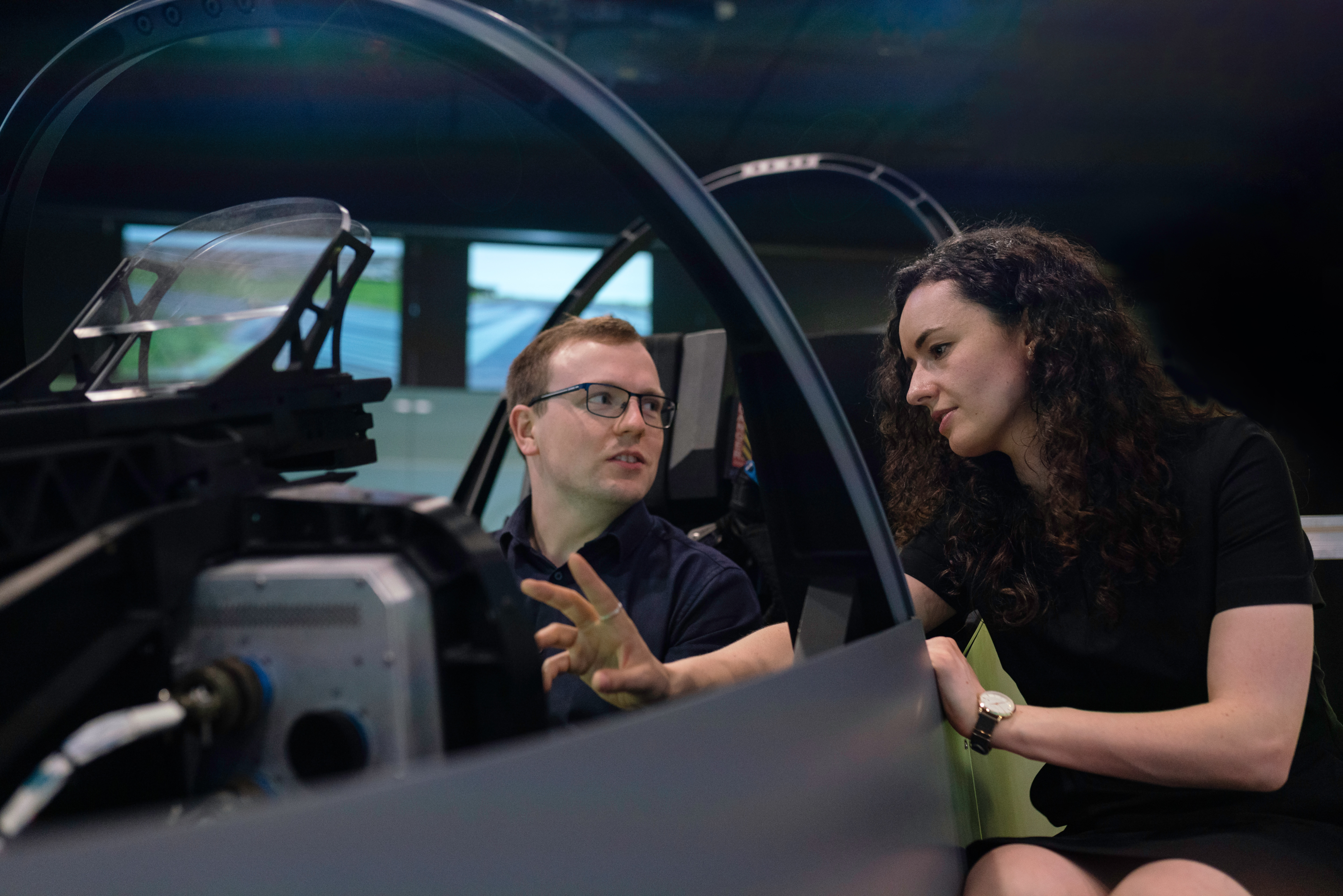
By meeting the necessary examination and flight training requirements, individuals achieve the significant milestone of attaining a private pilot license. Now, let us dive into the private pilot license requirements in further detail!
Age and Medical Requirements
Medical requirements play a crucial role in obtaining a private pilot license. Firstly, applicants must be at least 15 years of age to begin training and 16 to solo and receive a license, as mandated by the Federal Aviation Administration (FAA). They must also obtain a medical certificate to ensure they meet the physical standards necessary for safe flight.
These medical examinations are conducted by designated aviation medical examiners who assess various aspects such as vision, hearing, cardiovascular health, neurological conditions, and general fitness. Certain medical conditions or limitations may require additional documentation or special considerations.
The FAA offers three classes of medical certificates: first-class, second-class, and third-class. A first-class medical certificate is typically required for an airline transport pilot, as it involves a more comprehensive evaluation. The second-class medical certificate is typically held by a commercial pilot, while the third-class--the one you are concerned with in reading this article--medical certificate is required for a private pilot.
Some conditions may require additional documentation or special evaluations to ensure the pilot's fitness for flight. Adhering to these medical conditions helps ensure the safety of both pilots and passengers during flight time.
Flight Training Requirements
This flight training curriculum encompasses a comprehensive program designed to develop aspiring pilots. Practical hours of flight training involve dual instruction with a flight instructor, where students learn flight maneuvers, takeoff and landing locations, navigation exercises, cross-country hours of flight training, and unusual flight attitudes. The curriculum progressively builds skills and confidence, culminating in a required practical test to obtain a private pilot certificate.
For a private pilot certificate in the United States, the FAA mandates a minimum of 40 hours of flight time. However, it's important to note that this is the minimum required by the FAA, and individual students may require additional flight hours to reach the necessary proficiency level.
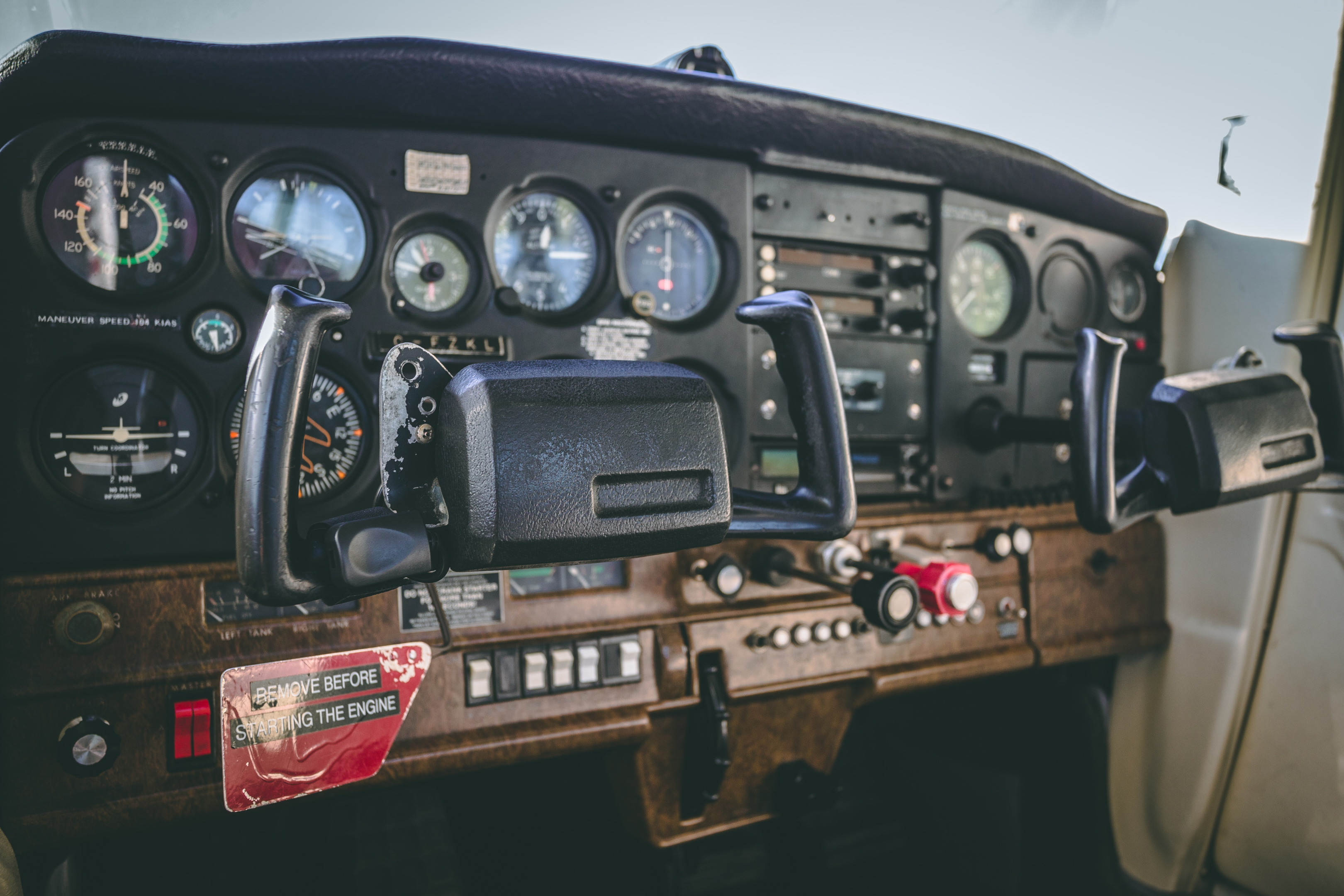
The actual number of flight hours needed to complete a private pilot license can vary depending on factors such as the student's learning pace, aptitude, and the flight school training program. On average, students often complete their private pilot license with around 50-60 hours of flight time. It's essential to consult with your authorized instructor and flight school to have a better understanding of specific flight time expectations for obtaining a private pilot certificate.
In flight schools, both dual and solo training flights are integral components of training for a private pilot license:
1. Dual flight involves flying with a certified flight instructor. During these sessions, the student pilots receive flight training from said flight instructor. Dual flights are crucial for learning essential flight maneuvers, practicing takeoff and landing locations, mastering communication procedures, and developing overall flight skills.
2. Solo flight is performed by the student pilot without an instructor. These flights occur after a certain level of proficiency has been achieved. Hours of solo flight allow students to apply their training independently, gaining confidence and experience as they handle the aircraft alone.
As part of flight school training for a private pilot license, an aspiring private pilot is also required to complete one cross-country flight. These requirements typically include a minimum distance, such as one cross-country flight of at least 150 nautical miles, with specific legs and destinations. During a solo cross-country flight, students apply navigation skills, plan their routes, and adhere to airspace regulations. This solo cross-country flight training provides invaluable experience in taking training from flight schools to unfamiliar airspace.
Practical Test
The private pilot certificate flight exam, also known as the checkride, is a comprehensive examination conducted by a designated FAA examiner. It assesses the pilot's airmanship to ensure they meet the standards required for safe flight operations.
The practical test consists of both an oral examination and hours of flight time. During the oral examination, the examiner evaluates the pilot's understanding of relevant topics covered in flight school. The pilot is expected to demonstrate their ability to apply procedures to real-world scenarios.
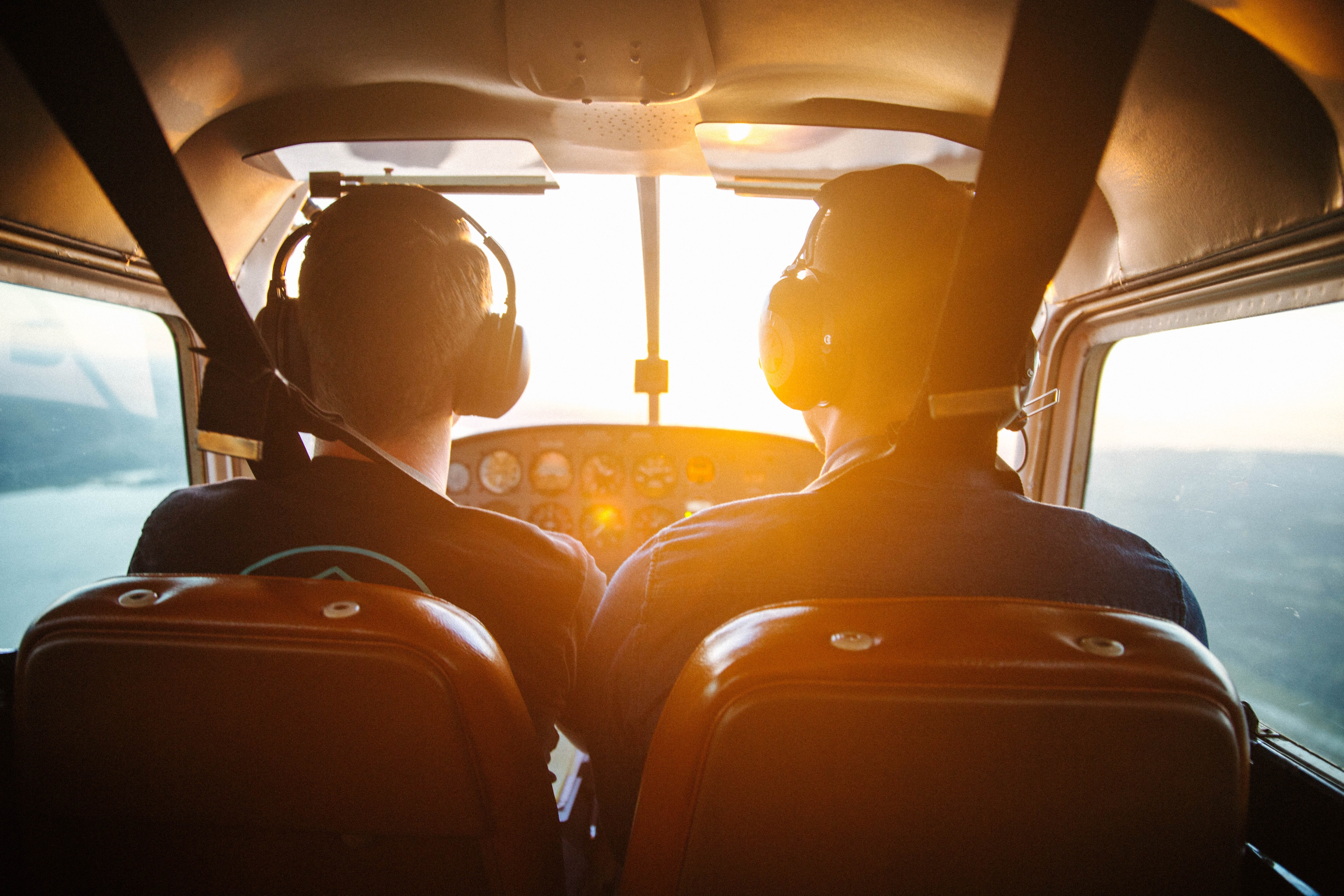
The flight portion of the practical test evaluates the pilot's ability to safely operate the aircraft in different flight maneuvers, navigate, communicate with air traffic control, and handle emergencies. The authorized instructor assesses the pilot's skills in areas such as takeoffs and landings, flight maneuvers, navigation, and their ability to handle unexpected situations. The examiner evaluates the pilot's performance based on predetermined standards and provides feedback at the end of the test.
Navigation and Weather Requirements
An aspiring private pilot must demonstrate proficiency in navigation and weather to ensure safe and effective flight operations.

Here are some key points regarding these requirements for a PPL:
Navigation:
- Pilotage and Dead Reckoning: demonstrate the ability to navigate using visual references on the ground (pilotage) and by calculating their position based on time, speed, and heading (dead reckoning).
- Radio Navigation: show proficiency in utilizing radio navigation aids, such as VOR (VHF Omnidirectional Range) and GPS (Global Positioning System).
- Flight Planning: select appropriate routes, determine fuel requirements, consider airspace restrictions, and account for navigational aids along the route.
Weather:
- Weather Theory: have a solid understanding of meteorological concepts, including fronts, pressure systems, cloud types, weather hazards, and atmospheric stability.
- Weather Sources: access and interpret weather reports and forecasts from official sources such as METARs (Meteorological Aerodrome Reports), TAFs (Terminal Aerodrome Forecasts), and weather radar information.
- Weather Decision-Making: determine if weather conditions meet personal minimums, understand the limitations of the aircraft, and consider alternative routes or delaying flights when necessary.
- Weather Hazards: understand how to deal with weather hazards such as thunderstorms, icing conditions, fog, turbulence, and wind shear.
Radio Communications
Pilots must demonstrate proficiency in radio communications to ensure effective and safe communication with air traffic control (ATC) and other aircraft.
Here are some key points regarding radio communications requirements for a PPL:
- Phraseology and Procedures: learn and adhere to standardized phraseology and procedures when communicating over the radio. This includes using proper terminology, clear pronunciation, and concise and accurate transmissions.
- Radio Calls: make and respond to various types of radio calls, such as requesting clearances, reporting positions, stating intentions, and acknowledging instructions from ATC.
- ATC Communications: understand how to interact with ATC, including correct call signs, requesting clearances for takeoff, departure, enroute, arrival, and landing, as well as providing position reports and acknowledging instructions.
- Frequency Changes: know when and how to change frequencies to communicate with different ATC facilities or to monitor other frequencies, such as the common traffic advisory frequency (CTAF) at uncontrolled airports.
- Emergency Communications: be prepared to effectively communicate during emergencies. Understand emergency radio procedures, making distress or urgency calls, finding takeoff and landing locations, and following ATC instructions for emergency landings or other necessary actions.
- Unicom and Multicom Communications: be familiar with using Unicom and Multicom frequencies for communication at uncontrolled airports or non-towered fields. This involves making position reports and announcing intentions to ensure awareness and safety among other pilots in the area.
Night Flying Requirements
Aspiring pilots must gain experience and demonstrate proficiency in night operations to ensure safe and competent flying during nighttime conditions.
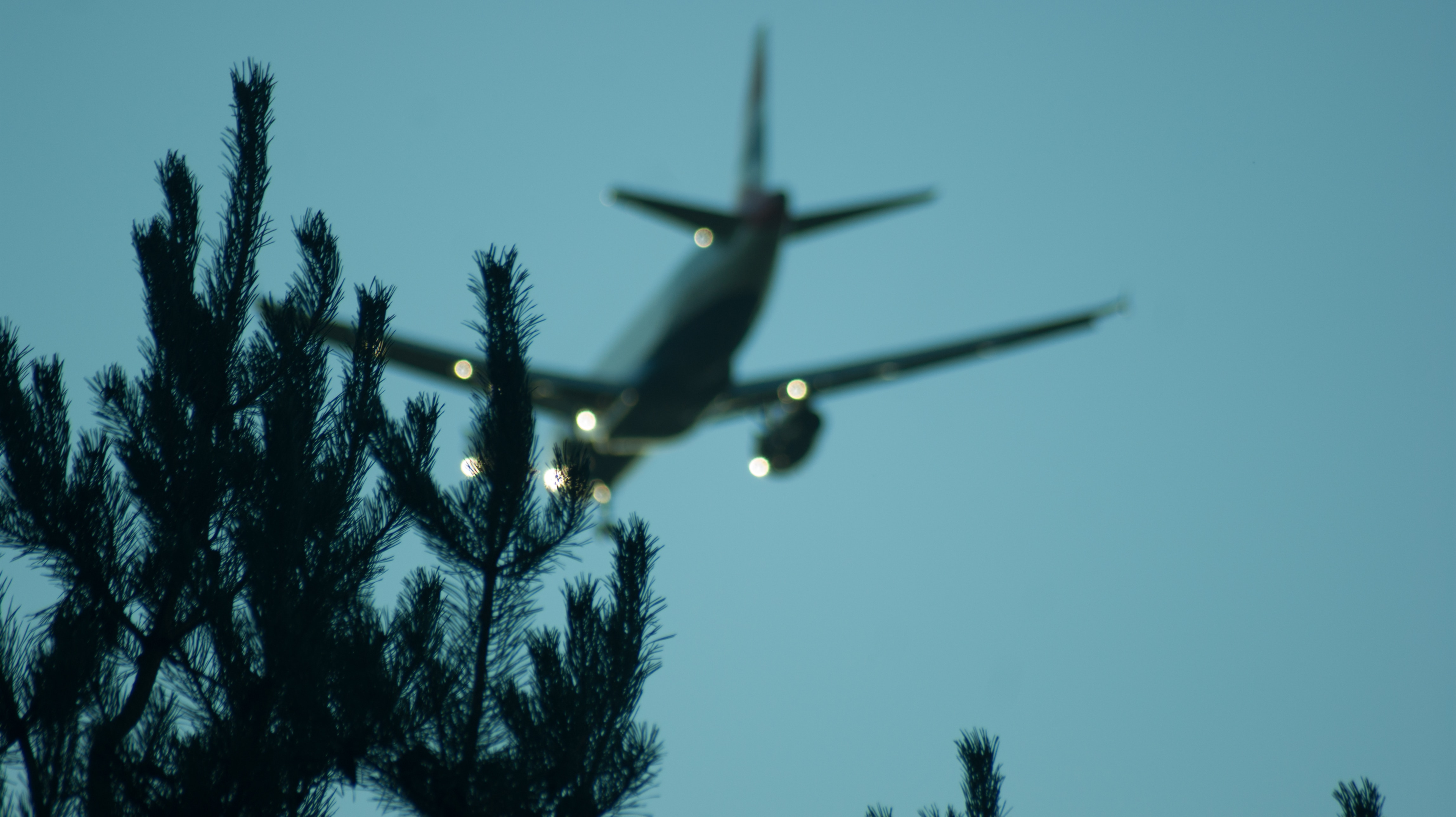
Here are some key points regarding the night flying requirements for a PPL:
- Night Flight Training: The FAA requires a minimum of 3 hours of night flight training at night as part of the PPL curriculum. This training must include solo cross-country hours of flight training, at least one cross-country flight hour, and 10 takeoffs and landings to a full stop at night.
- Lighting Equipment: be familiar with the lighting equipment required for night flying, including navigation lights, anti-collision lights, and position lights. Know how to operate and troubleshoot these lights effectively.
- Visual Adaptation: Pilots must understand the physiological effects of night vision and learn techniques to adapt to low-light conditions, such as scanning techniques and maintaining proper instrument and visual awareness.
- Night Flight Planning: be proficient in planning night flights, considering factors such as moon phase, weather conditions, available lighting, and airport operations. They should also be aware of any restrictions or specific procedures associated with nighttime operations at airports.
- Emergency Procedures: be prepared for emergencies that may occur during night flights. This includes understanding emergency lighting systems, using the proper emergency procedures, and maintaining situational awareness during critical scenarios.
- Night Navigation: Pilots should have the ability to navigate accurately during night flights. This includes proper use of navigation aids, interpreting charts and instruments, and maintaining course awareness using visual cues and radio navigation aids.
Aircraft Limitations
A private pilot license typically allows the holder to operate a variety of aircraft within specific categories and classes. The specific types of aircraft allowed can vary based on the country's aviation regulations and the pilot's ratings and endorsements. Here are the common categories and classes of aircraft that a PPL holder can fly:
- Airplane (Single-Engine Land): This category includes an airplane single-engine rating for fixed-wing aircraft that are operated from land-based runways. It is the most common category for PPL holders.
- Airplane (Multi-Engine Land): PPL holders who have obtained an additional aircraft rating, or endorsement for multi-engine aircraft can operate airplanes with more than one engine.
- Helicopter: PPL holders can fly helicopters within the approved weight and seating capacity limits specified by the license and any additional endorsements.
- Glider: Gliders are unpowered aircraft that rely on natural forces to maintain flight. PPL holders can operate gliders within the approved weight and seating capacity limits.
- Balloon: Some PPL holders may have additional training and endorsements to operate hot air balloons or gas balloons, subject to the specific limitations and requirements for balloon flight.

It's important to note that there may be additional requirements or endorsements needed for specific types of aircraft beyond a private pilot license, such as high-performance airplanes, complex aircraft, or aircraft with additional systems or equipment. Pilots must adhere to the specific regulations applicable to their private pilot license when operating different types of aircraft.
Logbook Requirements
Maintaining a logbook is an essential requirement for a private pilot license holder. A logbook is used to record and document the pilot's flight experience and serves as an official record of their training and aeronautical activities.
Here are the key logbook requirements for a PPL holder:
- Flight Time: The logbook must accurately reflect the pilot's flight time, both as the pilot-in-command (PIC) and as a required crew member. It should include the date, duration of each flight, and the aircraft's make, model, and registration.
- Solo Flight: The logbook should indicate the dates and durations of solo flights, where the pilot operated the aircraft without an instructor or other occupants.
- Instruction Received: The logbook must include details of flight instruction received from an authorized instructor or a certified flight instructor (CFI). It should include the date, duration, type of instruction (i.e., ground and flight training), and the specific maneuvers or lessons covered.
- Night Flight: If the pilot has conducted night flights, the logbook should indicate the date, duration, and any specific details about the night operations, such as the airports involved or the types of navigation conducted.
- Hours of Cross-Country Flight: For a solo cross-country flight, the logbook should record the departure and destination airports, total distance flown, and any landing points made during the flight.
- Endorsements and Certificates: The logbook should document any endorsements or certificates received, such as high-performance aircraft, complex aircraft, or instrument flight training.
- Flight Reviews and Proficiency Checks: The logbook must reflect the dates and results of flight reviews and proficiency checks, which are required periodically to maintain the PPL.
The logbook serves as a record of flight experience, which is often required for additional ratings. It's important to note that specific logbook requirements may vary depending on the regulatory authority in the country where the PPL is issued, so it's advisable to follow the guidelines provided by the applicable aviation authority.
Legal and Regulatory Knowledge
License holders are required to have a strong understanding of legal and regulatory knowledge related to aviation. This knowledge ensures compliance with the rules and regulations set forth by aviation authorities.
Here are some key areas of legal and regulatory knowledge required for a PPL holder:
- Federal Aviation Regulations (FARs): be familiar with the relevant FARs regarding aircraft operation, pilot qualifications, airspace usage, weather minimums, and flight planning.
- Pilot Certificates and Aircraft Rating: understand the requirements and limitations associated with their pilot certificate and any additional ratings or endorsements they hold.
- Airspace Regulations: have knowledge of different airspace classifications, such as Class A, B, C, D, and E, as well as their associated requirements and restrictions.
- Navigation and Flight Planning: be familiar with regulations related to flight planning and navigation.
- Weather Minimums: be knowledgeable about weather minimums and regulations regarding visual flight rules (VFR) and instrument flight rules (IFR) operations.
- Aircraft Maintenance and Inspections: have a basic understanding of aircraft pre-flight inspections, required documentation, and reporting procedures for any discrepancies or maintenance issues.
- Emergency Procedures and Accident Reporting: understand the requirements for reporting accidents and incidents to the appropriate regulatory authorities.
Adherence to legal and regulatory requirements is necessary for aviation operations. By maintaining a strong understanding of the relevant laws and regulations, private pilot certificate holders can ensure compliance and contribute to a culture of safety within the aviation community.
Conclusion
That was quite a list of necessary prerequisites for obtaining a private pilot certificate. For memory's sake, let us review the private pilot license requirements:
- Medical Requirements: Applicants must meet specific medical standards and obtain a medical certificate from an authorized instructor to ensure they are physically fit to fly.
- Knowledge Requirements: Candidates must complete ground school, covering aviation regulations, aerodynamics, weather, navigation, and aircraft systems. They must also pass a written knowledge exam to demonstrate their understanding of these subjects.
- Flight Training Requirements: an aspiring private pilot undergoes hours of flight training with an authorized instructor. The training includes flight consisting of dual instruction (flying with an instructor) and solo flights, with a minimum number of flight hours required. This includes several hours of cross-country flight training, night flights, and specific maneuvers and procedures.
- Practical Test: After completing the hours of flight training, candidates must pass a practical flight test conducted by an authorized instructor. This test evaluates their flying skills, knowledge, and ability to operate an aircraft safely and proficiently.
- Navigational and Weather Requirements: be knowledgeable about navigation procedures, aeronautical charts, flight planning, and weather interpretation to make informed decisions during flight.
- Radio Communications: demonstrate proficiency in radio communications to effectively communicate with air traffic control and other aircraft during flight.
- Night-Flying Requirements: you may need additional training and endorsements to conduct night flights, which involve flying during periods of darkness and dealing with reduced visibility.
- Aircraft Limitations: adhere to specific aircraft limitations, including the types of aircraft they are allowed to fly, weight restrictions, and passenger limits.
- Logbook Requirements: maintain a logbook to record their flight experience, including flight time, solo flights, instruction received, and endorsements.
- Flight Review: undergo a flight review every 24 months to maintain their pilot proficiency and currency. This includes an evaluation of flying skills and knowledge by a certified flight instructor.
- Legal and Regulatory Knowledge: have a strong understanding of all applicable federal aviation regulations, including FARs, airspace rules, pilot certifications, and aircraft maintenance requirements.
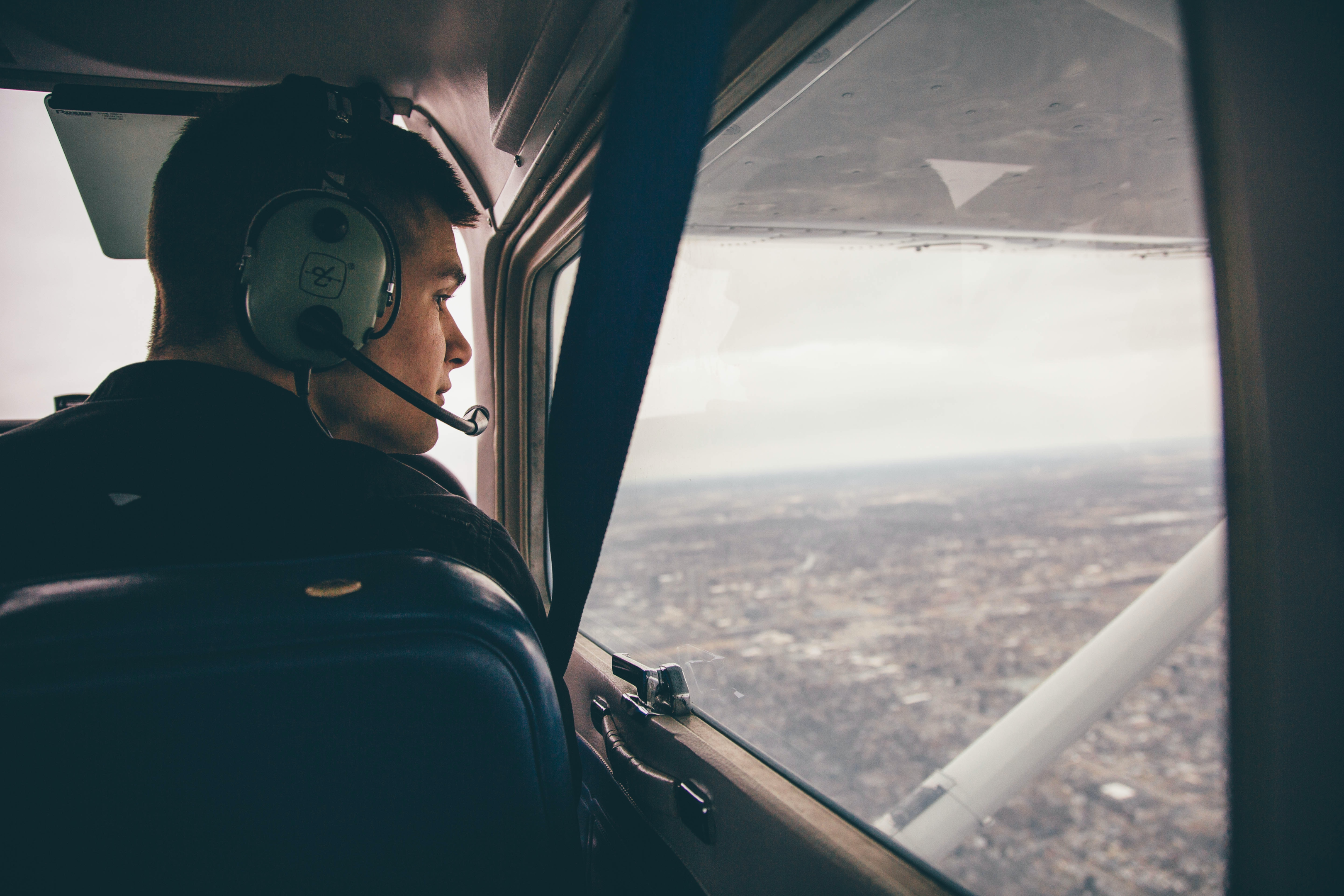
After completing all these things, congratulations are in order! You have met the private pilot license requirements and you can begin your expedition into the wild blue yonder. This is not where the buck stops, though, as ongoing training and maintaining currency are of paramount importance for private pilot certificate holders. Furthermore, there are other ratings that a private pilot may elect to pursue, such as endorsements, to become more specialized, thus enhancing the joy of flight!
We know that we have just given you a ton of information; if you are still stumped, that's okay! The qualifications for a PPL are complicated. At Flight Nerd Air Force, we can help simplify the process for you. Sign up for our free community by clicking here.
